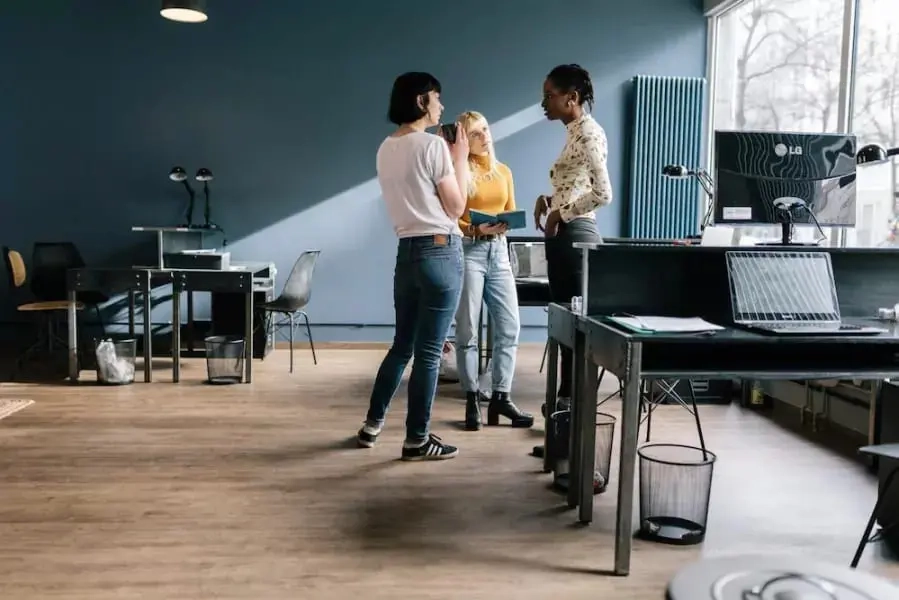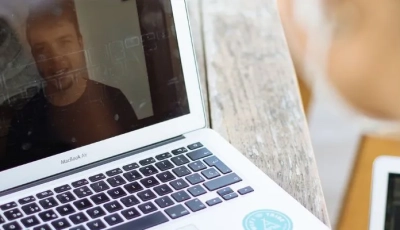Wear a mask. Stay 6 feet apart. Wash your hands regularly. We are all well aware of the government recommendations, but is that enough?
As part of my job giving people instant access to inspiring workspaces around the world ( Croissant ), I often think about how we can encourage people and spaces to conduct themselves in accordance with a high level of safety.
A Revelation
I’d like to consider myself to be a generally intelligent person who listens to science and takes the necessary precautions, but I’ve recently come across a group of people who are insiders to the behind-the-scenes data gathering at government agencies. After talking with them at length about how the COVID graphs and trends we see in the news are created, I was horrified to learn that the graphs you see are actually quite inaccurate, potentially by a factor of 10.
The gist is that many infected people are not getting tested, and the data generated from tests are not always making it into the hands of government agencies. It’s happening more than you think, and it’s happening every day, with a compounding effect.
The Method
Aside from the data awakening, I noticed something else about how these people behave. They are much more alert in their environment, and take safety precautions much more intensely than the average person.
Here’s a little taste:
When entering a building:
- they conduct a temperature check to the forehead (not the wrist)
- they spray both hands with sanitizer spray and rub hands together as well and forearms
- they spray the bottom of their shoes with sanitizer
- they wash their hands when entering their home, including up to their forearms and elbows (they were probably resting their arms on a dirty surface at one point)
When leaving a building:
- they spray both hands with sanitizer and rub onto forearms again
So simple, yet no one is doing these things. So I asked myself: why aren’t I already doing them? I understand that these are realistic and easy ways to greatly reduce my risk, yet I wasn’t already. That’s the question I want everyone to ask themselves. Imagine if people did.
Next steps
If you’re reading this, then why not try implementing these procedures:
If you own a business with a physical location, put a kiosk by the front door with a no-touch or low-touch hand sanitizer dispenser, as well as two signs: one facing people entering, and one facing people leaving. Each sign would include the bullet points listed above for entering and exiting a location.
If you work in government communications, add a disclaimer next to any information you release, disclaiming how much the data may be skewed by, and include a margin of error, percentage and total.
If you own a website that is displaying COVID data, add a margin of error “cloud” onto the graph, above the moving average line, showing how high the cases may be, given the average discrepancy that is purported by governments.
In any case, if you can avoid leaving your house as a remote worker, do that. You simply don’t know how inaccurate the data is that you see in the news, and you are probably vastly overestimating the safety precautions being taken by citizens and businesses around you, and probably vastly underestimating your risk levels, and the detrimental effects that the virus would have on your life if you got infected. If you can’t stay home, try to only interface with people who are taking these extra precautions, and try to only patronize businesses following these extra little bits of detail.
Let me know below.. Why are super intense safety precautions not being talked about on a regular basis? Leave a comment. Vent. Until then, cheers.






